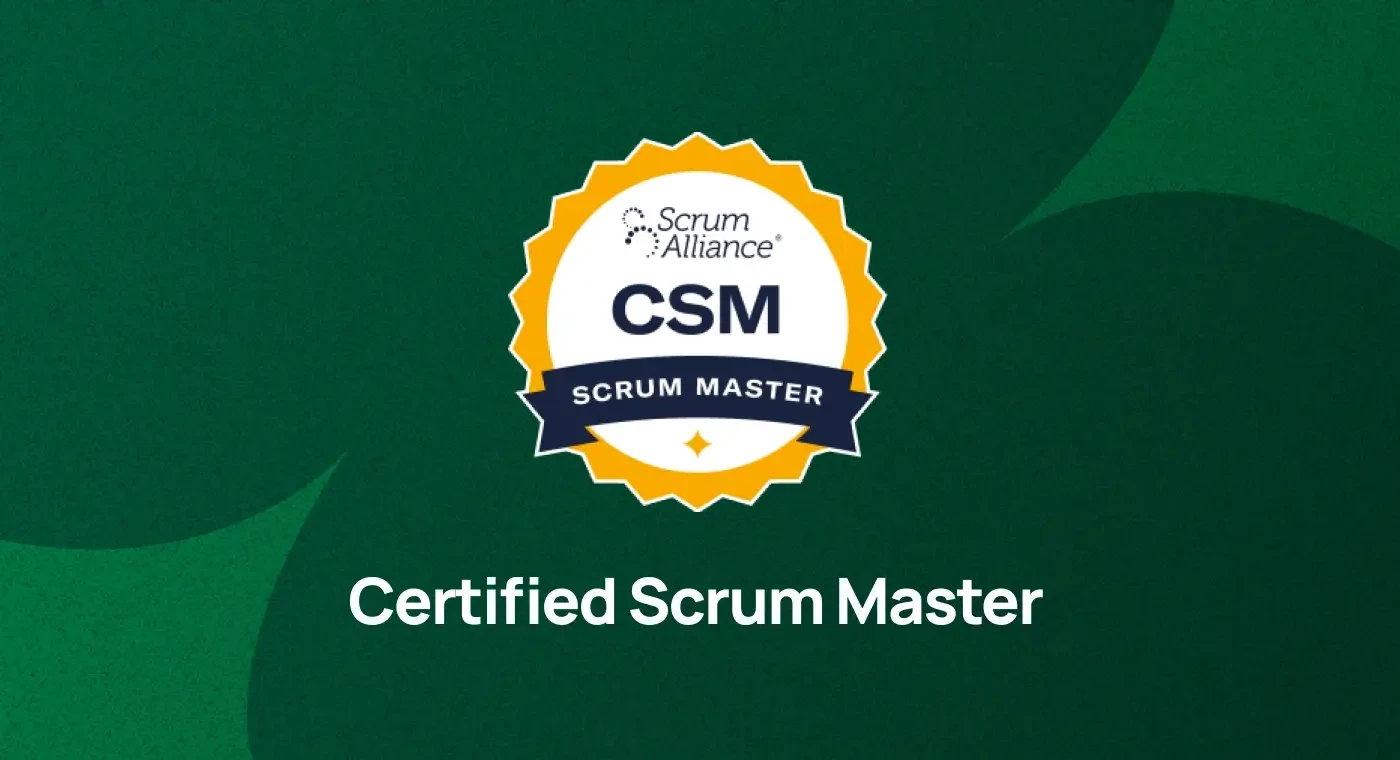Currently Empty: ₹0.00
Agile
Steps in Agile Capacity Planning : Tips and best practices

Capacity planning is a critical aspect of Agile project management that enables teams to effectively allocate resources, manage workloads, and ensure sustainable delivery. By understanding and optimizing the team’s capacity, Agile practitioners can avoid overloading individuals, minimize bottlenecks, and enhance overall productivity. In this article, we will explore the steps involved in capacity planning in Agile and highlight best practices to ensure successful implementation.
- Steps for Capacity Planning in Agile:
- Understand Team Capacity: The first step in capacity planning is to assess the team’s available capacity. Consider factors such as the number of team members, their availability (accounting for leaves, training, and other non-project work), and any external dependencies that may impact capacity. This information forms the foundation for planning and managing the team’s workload effectively.
- Estimate User Stories or Backlog Items: Collaboratively estimate the effort required for user stories or backlog items using Agile estimation techniques like relative sizing or story points. Leverage the expertise and knowledge of the team to ensure accurate and realistic estimates. Estimating at a granular level allows for better visibility and more precise capacity planning.
- Define Sprint Duration: Establish the duration of each sprint based on the team’s capacity and the project’s requirements. The sprint duration should strike a balance between delivering value and maintaining a sustainable pace. Shorter sprints provide more frequent opportunities for feedback and adaptation, while longer sprints may be necessary for complex projects.
- Calculate Available Capacity: Multiply the number of team members by the number of available working days in a sprint to calculate the team’s available capacity. For example, if you have a team of six members and a sprint duration of two weeks (10 working days), the available capacity would be 60 person-days.
- Allocate Capacity to User Stories: Allocate capacity to user stories or backlog items based on their estimated effort. Distribute the capacity across the items in a way that aligns with the project’s priorities and dependencies. Consider the team’s historical velocity or past performance to guide the allocation process. Ensure that the assigned capacity does not exceed the team’s available capacity for the sprint.
- Adjust Capacity as Needed: Capacity planning is an iterative process. As the project progresses, re-evaluate and adjust capacity allocation based on new information, changes in priorities, and the team’s performance. Regularly reassess the backlog and make necessary adjustments to optimize the team’s workload and maximize productivity.
Few of the Best Practices of Capacity Planning in Agile:
- Involve the Whole Team: Capacity planning should be a collaborative effort involving the entire Agile team. Seek input from team members during estimation and capacity allocation discussions. Their insights and perspectives will contribute to more accurate and realistic planning.
- Continuously Refine Estimates: Agile projects are characterized by evolving requirements and changing priorities. Regularly review and refine your estimates based on new information and lessons learned from previous sprints. This ensures that capacity planning remains aligned with the project’s current state.
- Consider Historical Data: Utilize historical data, such as team velocity or past performance, to inform your capacity planning. Analyze the team’s track record to understand their average productivity and account for any factors that might impact capacity, such as holidays or training.
- Account for Non-Project Work: Recognize that team members may have non-project work or other commitments that affect their available capacity. Consider factors like meetings, administrative tasks, and other responsibilities when estimating and allocating capacity. Transparently communicate these non-project commitments to avoid overloading individuals.
- Avoid Overallocation: Be cautious not to allocate more work than the team can realistically handle within a sprint. Overloading the team can lead to decreased productivity, increased stress, and compromised quality. Ensure a healthy balance between capacity and workload to maintain a sustainable pace.
- Monitor and Adjust: Continuously monitor the team’s progress and adjust capacity allocation as needed. Regularly review sprint metrics, such as burndown charts or velocity, to identify any discrepancies between planned and actual capacity utilization. Use this information to make informed adjustments and optimize the team’s workload.
- Consider Individual Skills and Expertise: Take into account the skills and expertise of individual team members when allocating capacity. Consider their strengths and assign work accordingly, leveraging their expertise to maximize efficiency and quality. This also promotes skill development and cross-training within the team.
- Communicate and Manage Expectations: Transparently communicate the team’s capacity limitations to stakeholders, product owners, and project sponsors. Manage expectations regarding deliverables.
Lorem ipsum dolor amet con sectur elitadicing elit sed do usmod tempor uincididunt enim minim veniam nostrud.
Simon Baker
The Complete Camtasia
Excepteur sint occaecat cupidatat non proident sunt in culpa qui officia deserunt mollit anim id est laborum. Sed ut perspiciatis unde omnis iste natus error sit voluptatem accusantium doloremque laudantium totam rem aperiam.


Consectetur adipisicing elit, sed do eiusmod tempor inc idid unt ut labore et dolore magna aliqua enim ad minim veniam, quis nostrud exerec tation ullamco laboris nis aliquip commodo consequat. Duis aute irure dolor in reprehenderit in voluptate velit esse cillum dolore eu fugiat nulla pariatur enim ipsam voluptatem quia voluptas sit aspernatur aut odit aut fugit sed quia consequuntur magni dolores.
Excepteur sint occaecat cupidatat non proident sunt in culpa qui officia deserunt mollit anim id est laborum. Sed ut perspiciatis unde omnis iste natus error sit voluptatem accusantium doloremque laudantium totam rem aperiam.
Intrinsic Motivation
Excepteur sint occaecat cupidatat non proident sunt in culpa qui officia deserunt mollit anim id est laborum. Sed ut perspiciatis unde omnis iste natus error sit voluptatem accusantium doloremque laudantium totam rem aperiam.
- Aute irure dolor in reprehenderit.
- Occaecat cupidatat non proident sunt in culpa.
- Pariatur enim ipsam.








